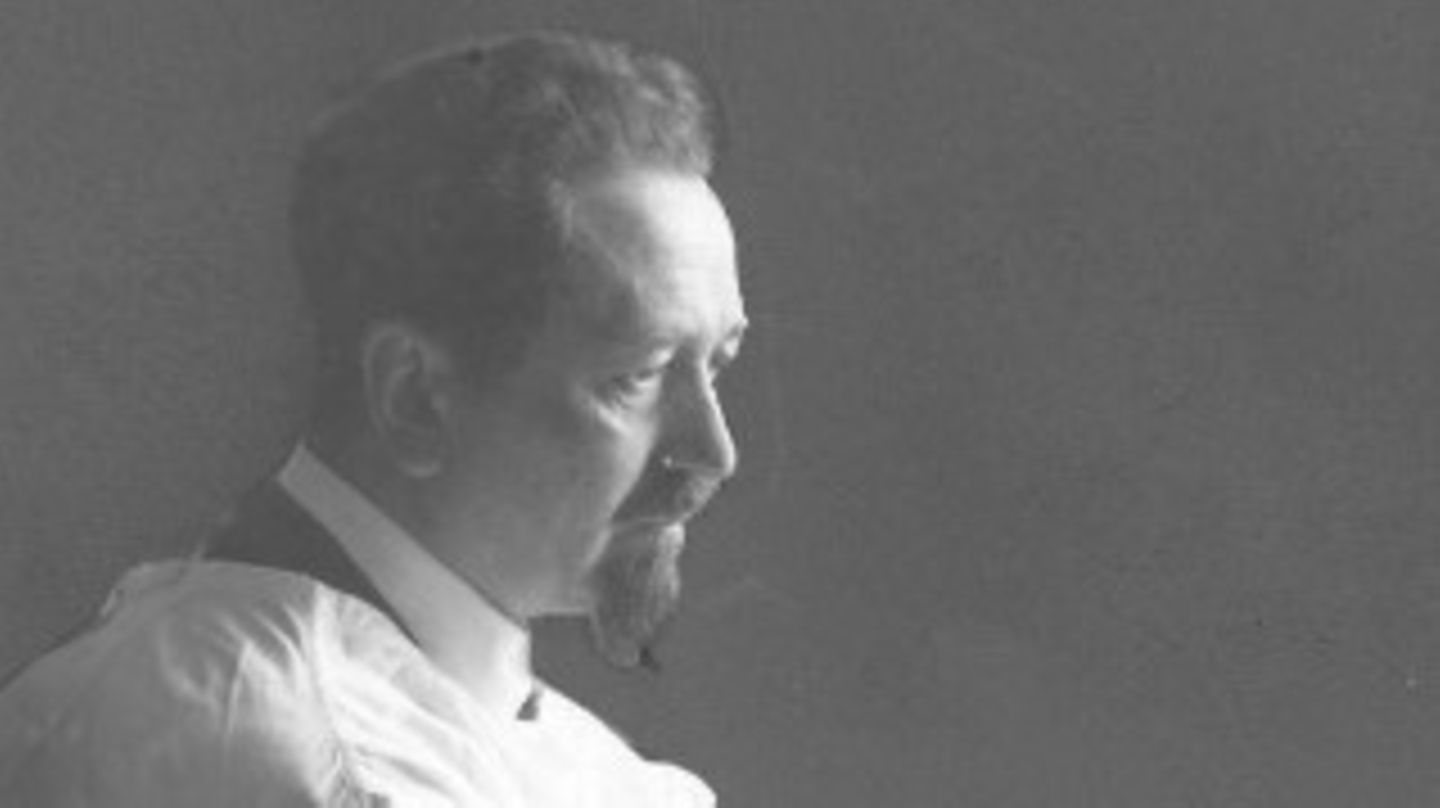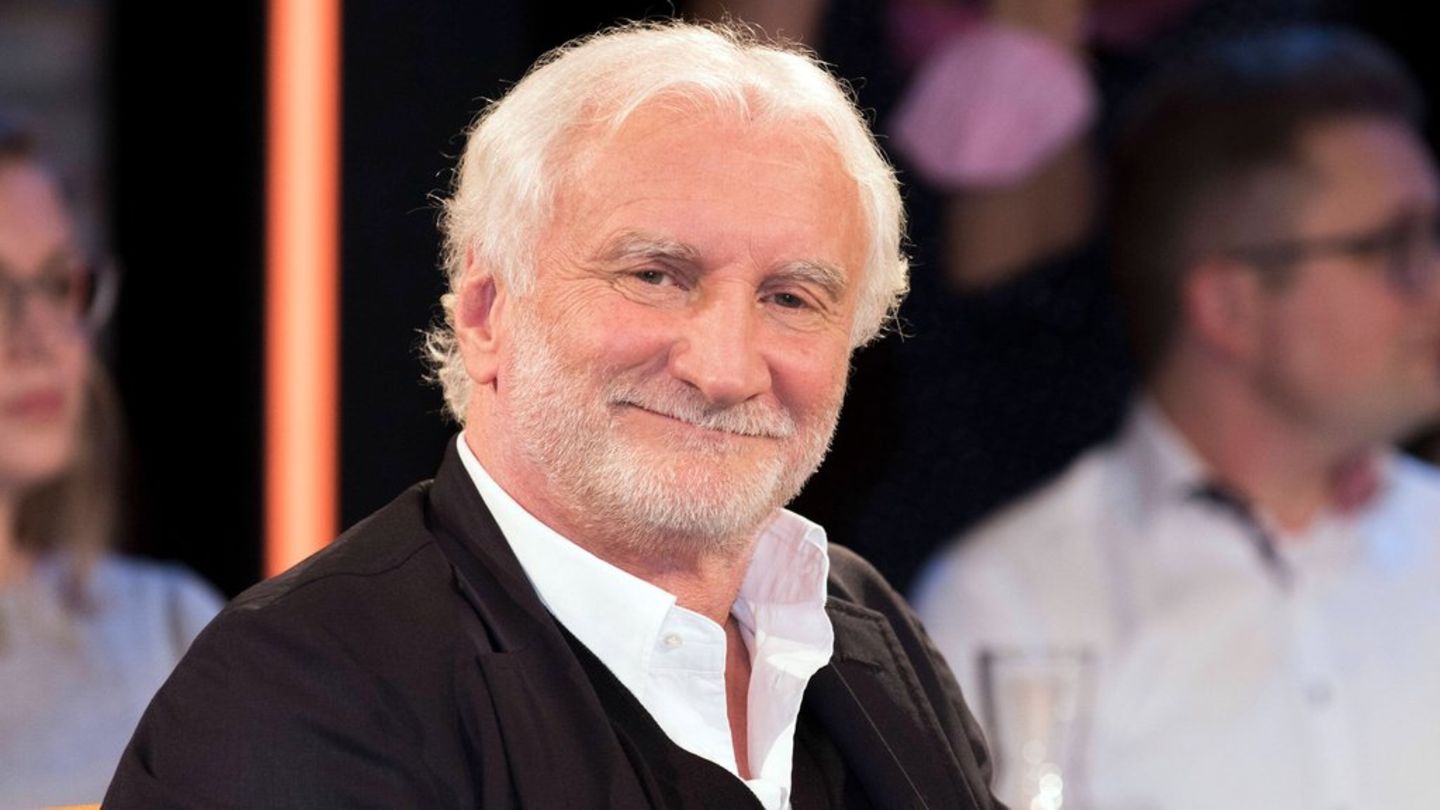In order to save the lives of thousands of people in World War II, the biologist Rudolf Weigl first needed the approval of the Nazis. And lots of lice.
Rudolf Weigl achieved something in his life that only a few people succeed in: the biologist not only developed a vaccine against typhus and thus helped many of his contemporaries in the fight against the terrible disease. He was also brave enough to save the lives of many Jews during World War II.
Rudolf Weigl was born on September 2, 1883 in Prerov, which is now in the Czech Republic and was part of the historical Moravia region. His family was originally German-Moravian, later Galician-Polish. After studying in Lemberg, Weigl also made a career in Poland and worked in biological research. He was a specialist in the field of parasitology.
Parasites such as lice have been with him throughout his research life. As a young man, he had no idea how these dreaded tiny animals could be used to save human lives from the henchmen of a murderous regime.
Rudolf Weigl invented a vaccine against typhus
He had his breakthrough as a researcher already in World War I: As a scientist in the service of the medical services of the Austro-Hungarian army, he researched epidemics – and at the age of just 32 he invented a vaccine against typhus, a disease that affects people through clothing lice and causes a rash and high fever. Vaccines against this bacterial-induced disease do not confer immunity, but they do significantly reduce the course of the disease, as was the case with the vaccine invented by Rudolf Weigl.
His research was very interesting for the Nazis – nevertheless, Weigl’s life was at times in danger when the German Wehrmacht invaded Lemberg during World War II. At the time he was working as a professor of biology at the university there and had to experience how the German occupiers executed 25 professors at the university. However, Weigl let the German occupiers live and he was allowed to continue research. Typhus was a dreaded disease at the time; millions of people had already been vaccinated with Weigl’s vaccine in the 1930s.
However, it was not enough for the professor to protect his own life and to continue research at the university with the permission of the Nazis. Ironically, through experiments on people, he managed to save many lives, including that of many Jews. The total number of people saved through Weigl’s work is estimated at several thousand.
How did he do it? At first he succeeded in having his work classified as important to the war effort. Then he needed a lot of people – and a lot more lice that could transmit the typhus. The infected lice were fed human blood. Weigl and his employees finally obtained the serum against typhus from the intestines of the animals. Anyone who worked on Weigl’s research could not be deported and murdered. Research saved so many people from death.
After the war, Weigl continued to work as a professor in Poland, but was at times accused in communist Poland of having collaborated with the Germans in World War II.In 1957, Weigl died just under a month before his 74th birthday.
Weigl never received the Nobel Prize for Medicine
It was only after 1989 that people in their homeland fondly remembered the biologist and researcher and his extraordinary vita. In 2003 he was posthumously awarded the title “Righteous Among the Nations” by the State of Israel. This honorary title is reserved for non-Jewish people who risked their own lives during National Socialism to save Jews from murder. In fact, he should have earned the Nobel Prize for Medicine, for which he had been proposed many times – in 1932, 1936, 1942 and 1946. However, he never received this prize.
Sources: “”,
See in the video: A student apparently screams into panic while waiting for a corona mass vaccination. When he received his vaccination, he received applause from all sides.





